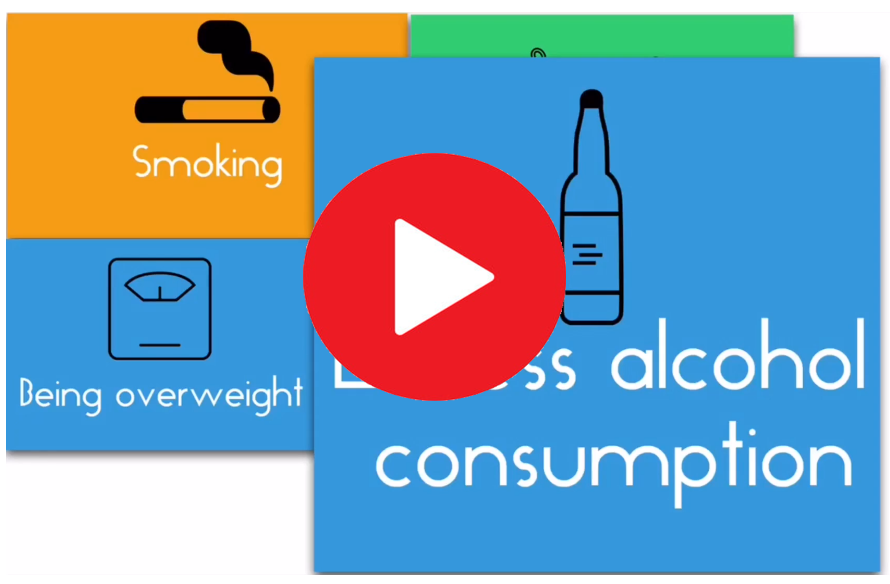
The Bloodpressure Program™ By Christian Goodman The procedure is a very basic yet effective method to lessen the effects of high blood pressure. To some people, it sounds insane that just three workouts in a day can boost fitness levels and reduce blood pressure simultaneously. The knowledge and research gained in this blood pressure program were really impressive.
Blood Pressure Fluctuations During Menstruation
Blood pressure fluctuations during menstruation are common and can be influenced by hormonal changes, fluid retention, and other physiological factors. Here’s an overview of how the menstrual cycle can impact blood pressure:
1. Hormonal Changes
- Estrogen and Progesterone: The menstrual cycle is characterized by fluctuations in estrogen and progesterone levels. Estrogen can have a vasodilatory effect, meaning it helps to widen blood vessels, which can lower blood pressure. Conversely, progesterone may lead to fluid retention, which can increase blood pressure.
- Menstrual Cycle Phases:
- Follicular Phase (before ovulation): Estrogen levels rise, which can help promote lower blood pressure.
- Luteal Phase (after ovulation): Progesterone levels increase, which can lead to fluid retention and increased blood pressure in some women.
2. Fluid Retention
- Pre-Menstrual Syndrome (PMS): Many women experience PMS, characterized by symptoms like bloating and fluid retention, which can lead to temporary increases in blood pressure.
- Menstruation: During menstruation, some women may also experience changes in fluid balance that affect blood pressure.
3. Physical and Emotional Stress
- Cramps and Discomfort: Menstrual cramps (dysmenorrhea) can be painful and stressful, potentially leading to temporary increases in blood pressure due to pain and discomfort.
- Emotional Changes: Hormonal fluctuations can also affect mood and stress levels, which may contribute to changes in blood pressure.
4. Lifestyle Factors
- Diet: Changes in appetite and food cravings during the menstrual cycle can influence blood pressure. For instance, increased sodium intake may lead to fluid retention and higher blood pressure.
- Activity Level: Some women may experience decreased physical activity due to menstrual discomfort, which can impact overall cardiovascular health and blood pressure.
5. Individual Variability
- Variability in Symptoms: Not all women experience significant blood pressure fluctuations during menstruation. Factors such as overall health, existing medical conditions, lifestyle, and individual hormonal responses play a role.
- Pre-existing Hypertension: Women with a history of hypertension may notice more pronounced fluctuations during their menstrual cycle and should monitor their blood pressure closely.
6. Monitoring and Management
- Track Blood Pressure: For women who experience noticeable fluctuations, keeping a log of blood pressure readings throughout the menstrual cycle can help identify patterns and inform discussions with healthcare providers.
- Healthy Lifestyle Choices: Maintaining a balanced diet, staying hydrated, managing stress, and engaging in regular physical activity can help mitigate blood pressure fluctuations during menstruation.
- Consult Healthcare Providers: If significant fluctuations in blood pressure or severe menstrual symptoms are experienced, it’s advisable to consult a healthcare provider for evaluation and potential management strategies.
Conclusion
Blood pressure fluctuations during menstruation are common and can be influenced by hormonal changes, fluid retention, and lifestyle factors. Understanding these fluctuations can help women manage their blood pressure effectively and maintain overall cardiovascular health throughout their menstrual cycles. Monitoring symptoms and making healthy lifestyle choices are essential for managing blood pressure during this time. If concerns arise, consulting with a healthcare professional is recommended.

The Bloodpressure Program™ By Christian Goodman The procedure is a very basic yet effective method to lessen the effects of high blood pressure. To some people, it sounds insane that just three workouts in a day can boost fitness levels and reduce blood pressure simultaneously. The knowledge and research gained in this blood pressure program were really impressive.

